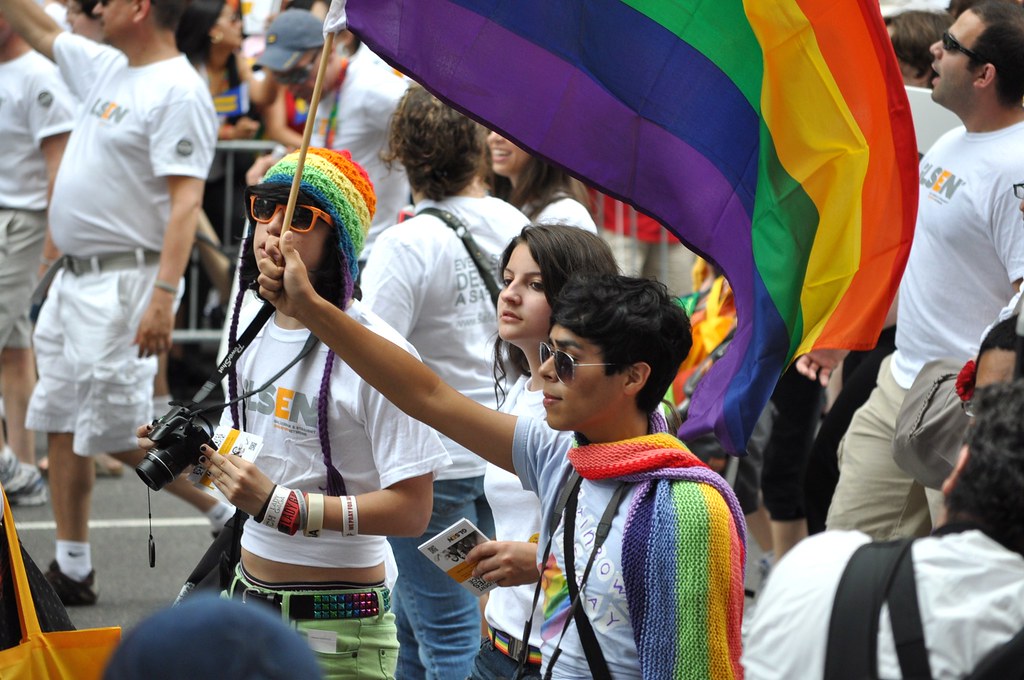A recent article, published in the journal LGBT Health, identified protective factors among LGBTQ adolescents. The study finds that LGBTQ adolescents living in communities with more LGBTQ supports and events have a lower risk of substance use.
“This study examines and explains differences in substance use behaviors among sexual minority adolescents to include environmental factors,” the lead researcher, Ryan Watson, from the University of Connecticut writes. “A variety of community resources may create a climate of greater acceptance and supportiveness that is associated with lower odds of substance use.”

LGBTQ adolescents are at higher risk for depression and suicide, and that increased psychological distress among this population is driven by discrimination and mistreatment. However, research has demonstrated that the adoption of pro-LGBT policies leads to a substantial reduction in suicide.
Similarly, research has shown that there are disparities in substance use behaviors between LGBTQ youth and their heterosexual peers and that the experience of discrimination and minority stress contributes substantially to these disparities.
Although there is substantial research on policy-level and individual-level protective factors for LGBTQ health and mental health, less research has explored the role of community- and school-level supports. The researchers explain that the study aimed to answer “how environmental factors (e.g., school and community climate) may be associated with risk for substance use among sexual minority adolescents.”
To address this gap in the literature, the researchers collected information on sexual orientation, substance use history, the presence of LGBTQ events (such as Pride event), LGBTQ supportive resources, LGBTQ youth-serving organization, and the school environment (such as Gay-Straight-Alliance) from 274 schools with 2678 LGBT-identified adolescents.
With the use of multilevel logistic regression models, the researchers investigated the associations between community-/school-level predictors and substance use behaviors.
Their analysis found that LGBTQ-related events, community LGBTQ supportiveness, and school LGBTQ supportiveness are associated with decreased substance use behaviors among LGBTQ adolescents.
For female-identifying respondents, community LGBTQ supports were significantly related to a decrease in illegal drug use, marijuana use, and smoking. For male-identified participants, community supports were only significantly associated with a reduction in illicit drug use.
“We found that more frequent and supportive LGBTQ-specific community resources were negatively related to some substance use behaviors, particularly for girls,” the authors conclude. “Our findings point to the importance of community context for sexual minority youth substance use and provide a unique and important strategy for curtailing sexual orientation- related disparities in substance use.”
This study can inform policymakers and program providers on what community resources are most important for sexual minority youth. Additionally, the results point to the importance of advocating for LGBTQ- specific community organizations, events for improved health among sexual minority youth.
****
Watson, R. J., Park, M., Taylor, A. B., Fish, J. N., Corliss, H. L., Eisenberg, M. E., & Saewyc, E. M. (2020). Associations Between Community-Level LGBTQ-Supportive Factors and Substance Use Among Sexual Minority Adolescents. LGBT health, 7(2), 82-89. (Link)














